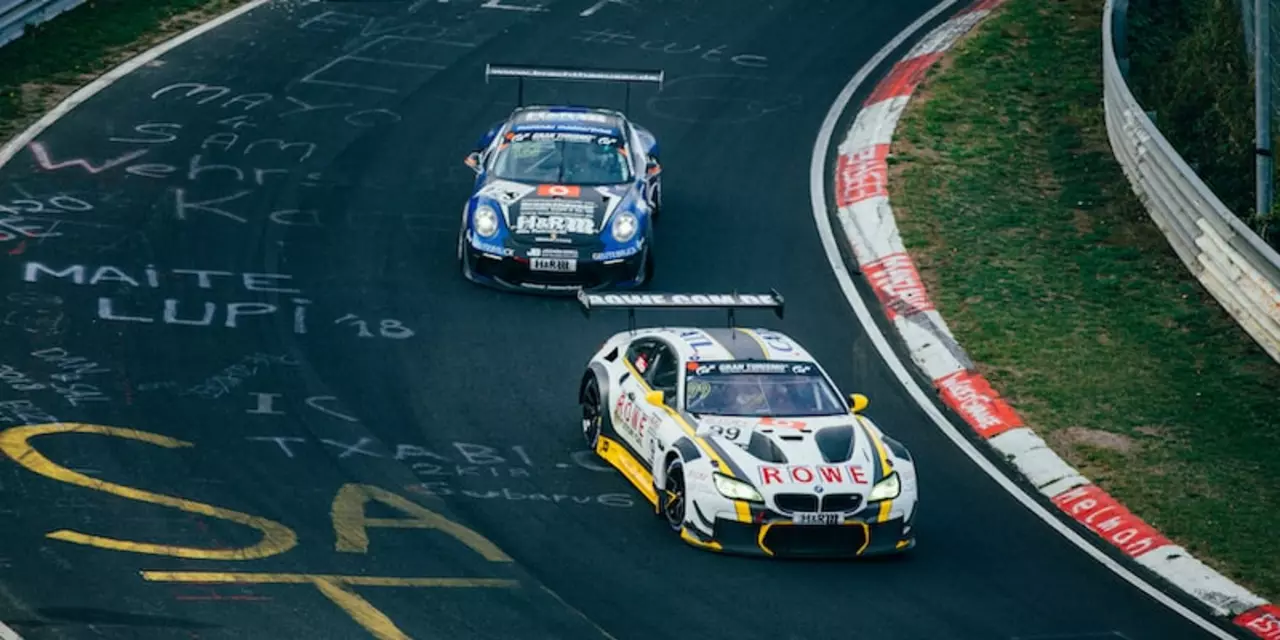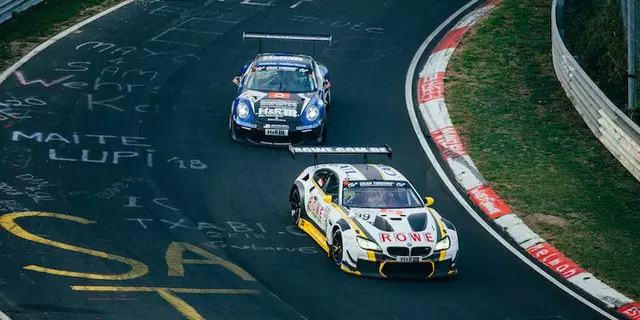Motorsport Homologation Rules: What They Are and Why They Matter
Ever wondered why every race car looks a bit alike, even when manufacturers brag about unique designs? The answer lies in homologation rules. These are the set of regulations that tell teams what they can and cannot do with their machines before they hit the track.
In plain terms, homologation is a stamp of approval. It says a car meets the standards set by the governing body for a specific series. If a vehicle doesn’t pass, it can’t race. This might sound strict, but it’s what keeps racing fair, safe, and affordable.
Leveling the Playing Field
Imagine a race where one team could spend millions on exotic parts while another works on a shoestring budget. The race would quickly become a money contest, not a competition of skill or engineering. Homologation stops that by locking down key specs – engine size, weight, aerodynamics, and more. When everyone follows the same rulebook, the winner is decided by driver talent, team strategy, and clever use of allowed technology.
Take the World Touring Car Cup as an example. All cars must share a common platform and meet the same power output limits. Teams can still tweak suspension or brakes, but they can’t add a turbo that gives a huge power jump. The result is close, exciting races where a small mistake can change the outcome.
Keeping Cars Safe and Costs Down
Safety is a massive reason for homologation. Racing is risky, and the last thing anyone wants is a car that can’t handle the stress of high speeds. Rules enforce crash structure standards, fire‑suppression systems, and roll‑cage designs. When every car meets those safety thresholds, drivers can push hard knowing the car will protect them.
Cost control works hand‑in‑hand with safety. If each team kept redesigning the car every race, budgets would explode and smaller outfits would drop out. Homologation says, “Here’s the design you must stick to for the season.” Teams can then focus on fine‑tuning rather than rebuilding, which saves money and keeps the grid full.
Even fans feel the benefit. A tighter field means more overtakes, tighter battles, and a show that feels fair. No one wants to watch a race where the same handful of well‑funded teams dominate every weekend because they can afford better parts.
So, what should you keep in mind if you’re new to motorsport? First, check the rulebook for the series you follow – it will list all homologation requirements. Second, understand that any changes you see on the car (new paint, different wing angles) are still within the allowed range. Finally, appreciate that behind every sleek silhouette is a lot of paperwork ensuring the competition stays balanced.
In short, homologation rules are the invisible hand that shapes every race car, keeps drivers safe, and makes sure the sport stays competitive for everyone. Next time you watch a race, spot the subtle differences and think about how they fit within the rulebook – that’s the hidden drama that makes motorsport so captivating.





